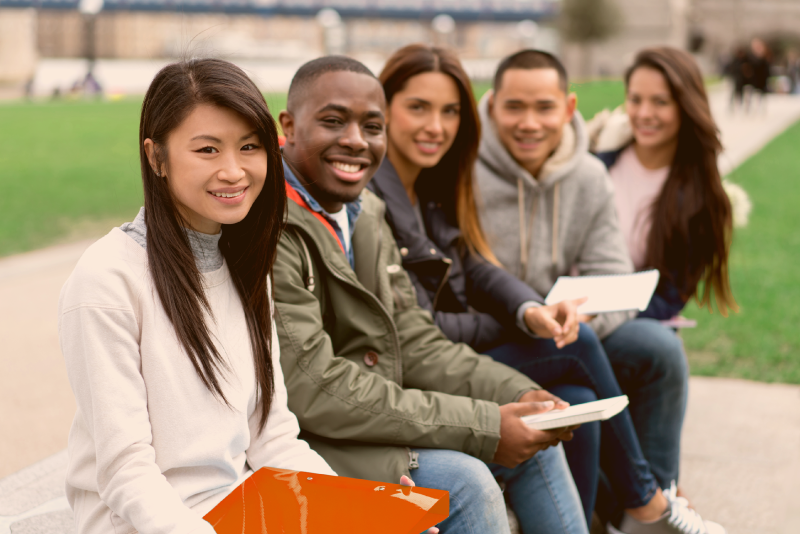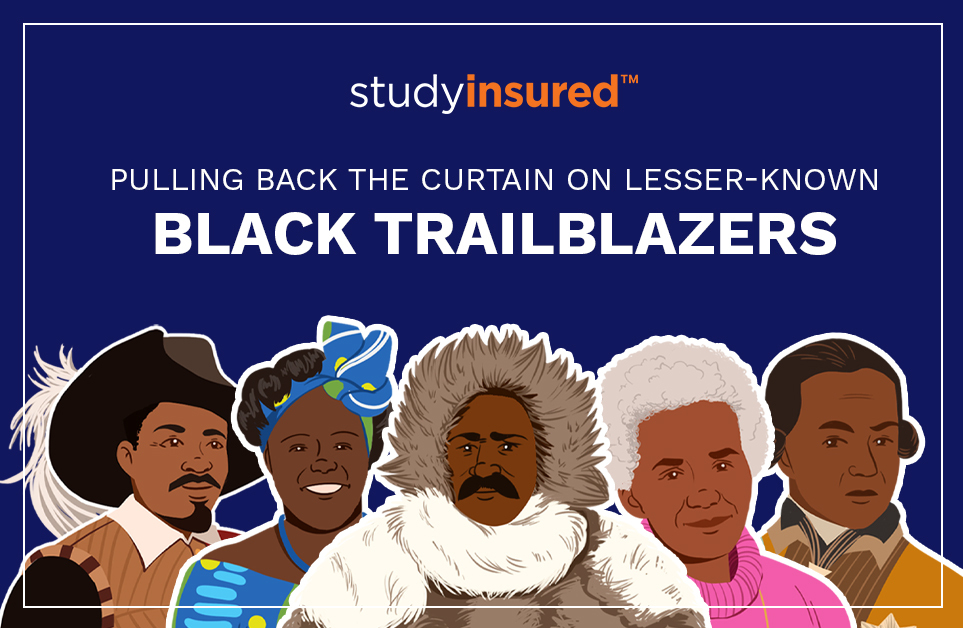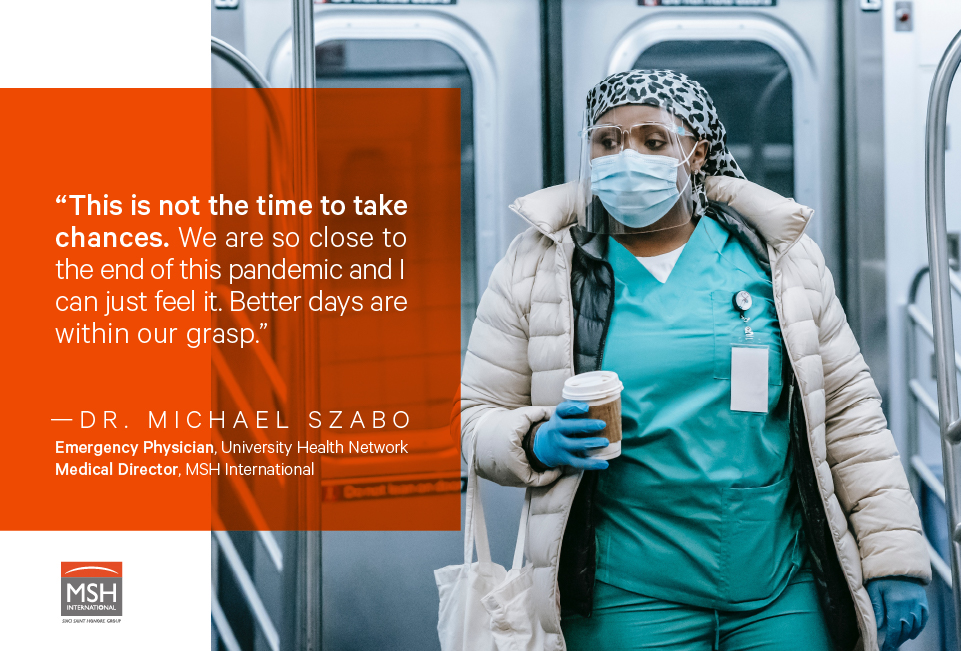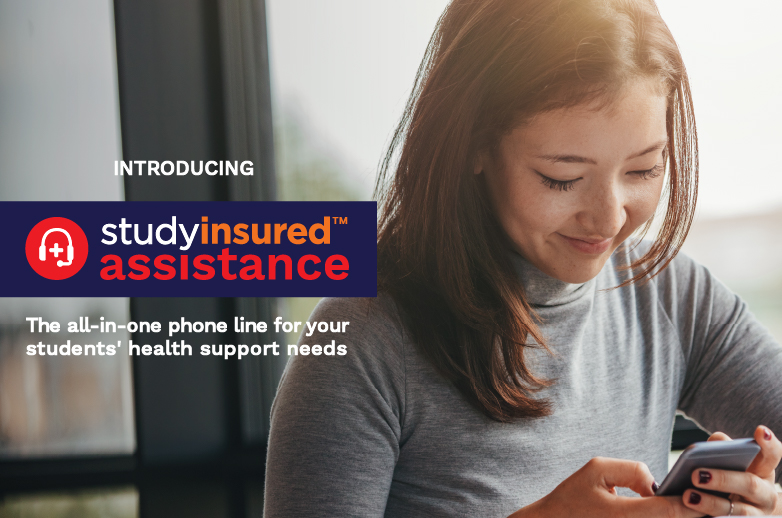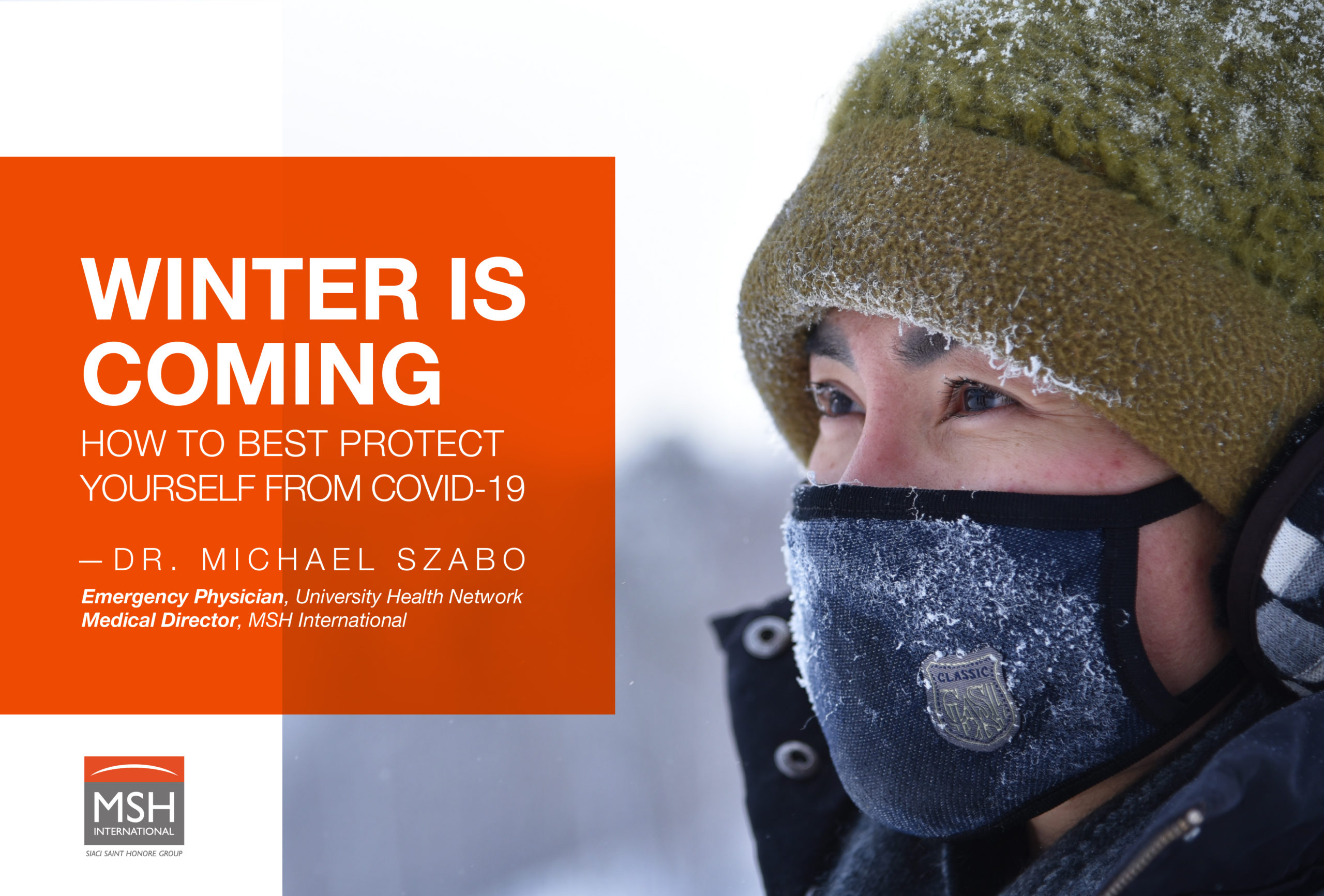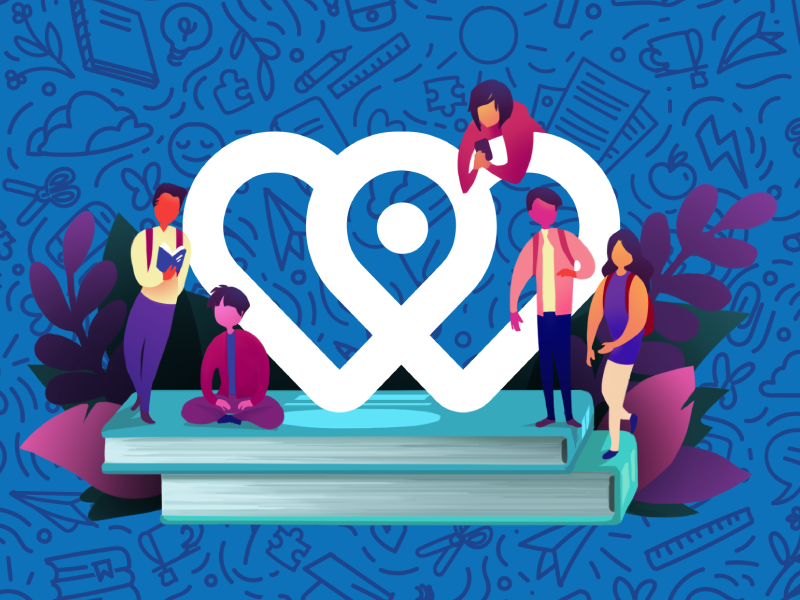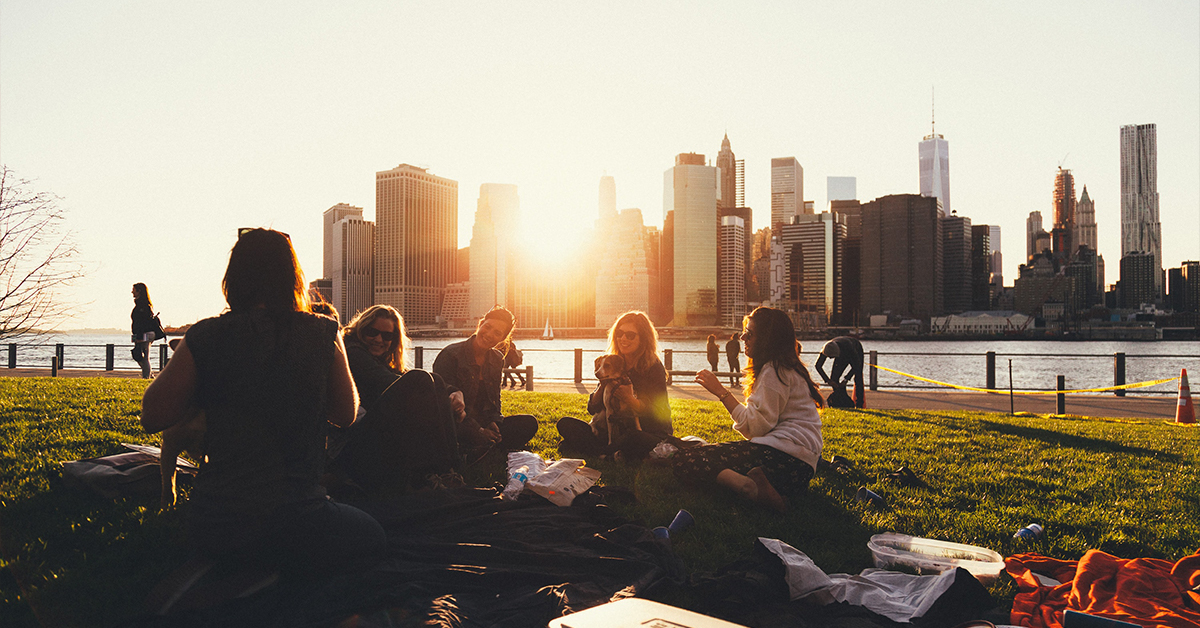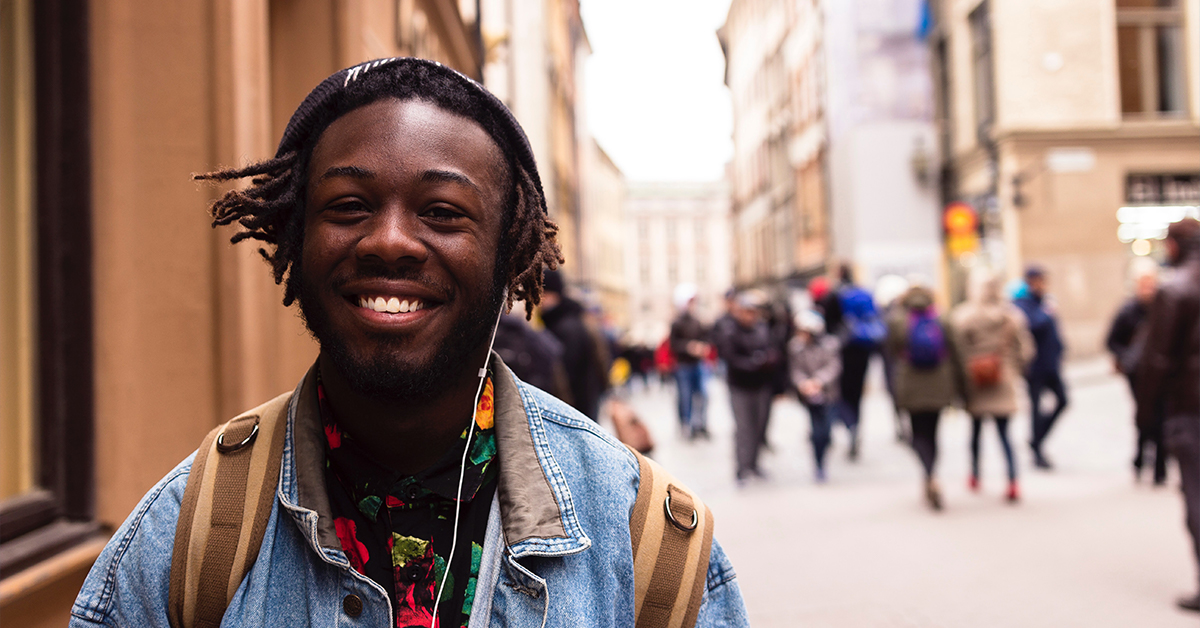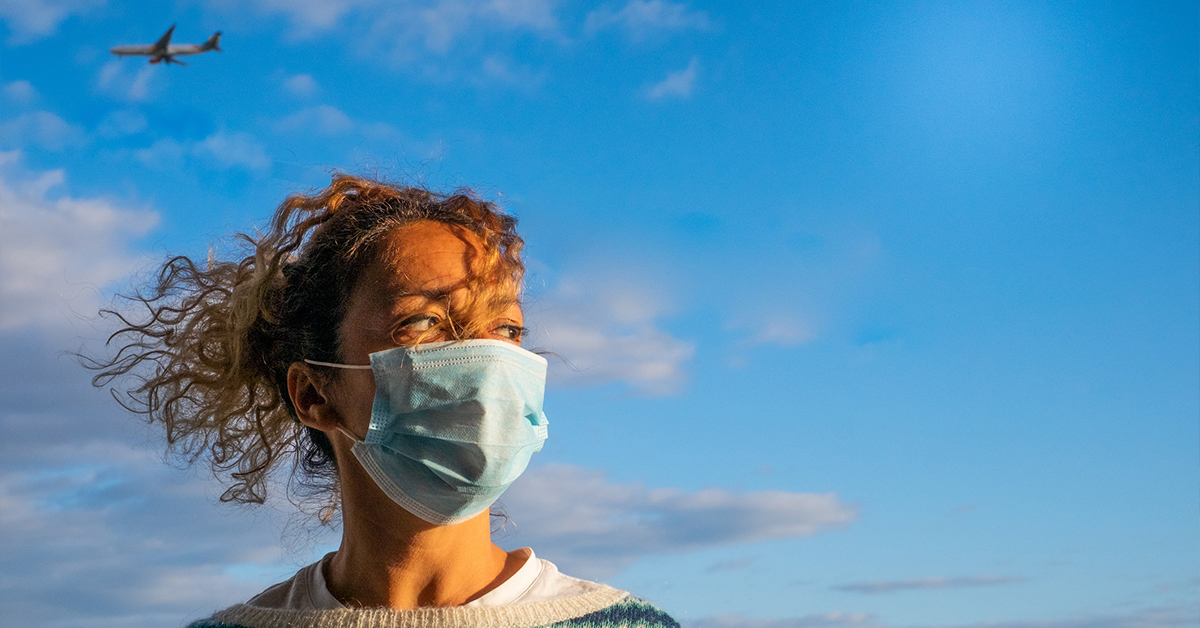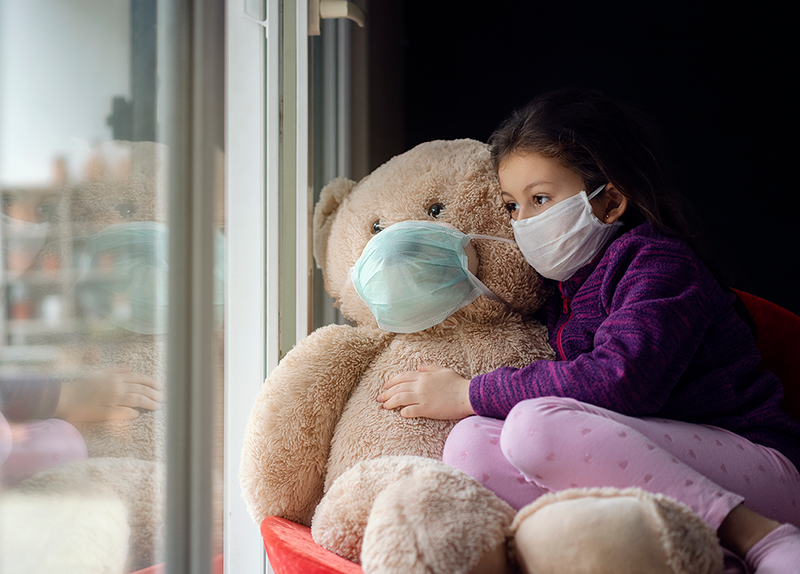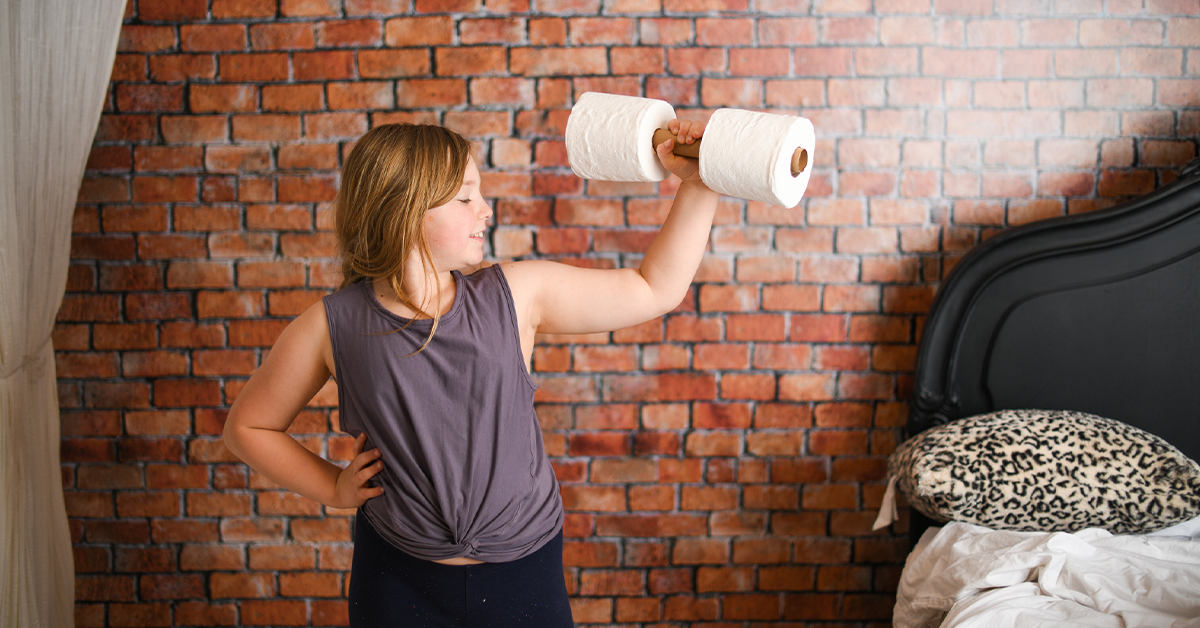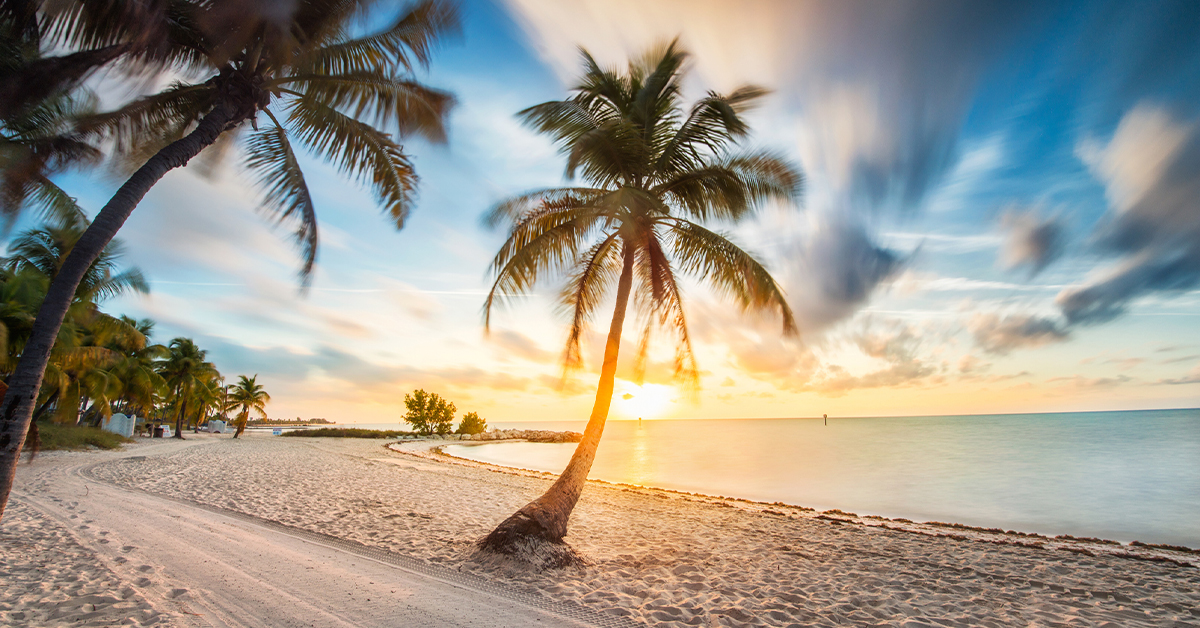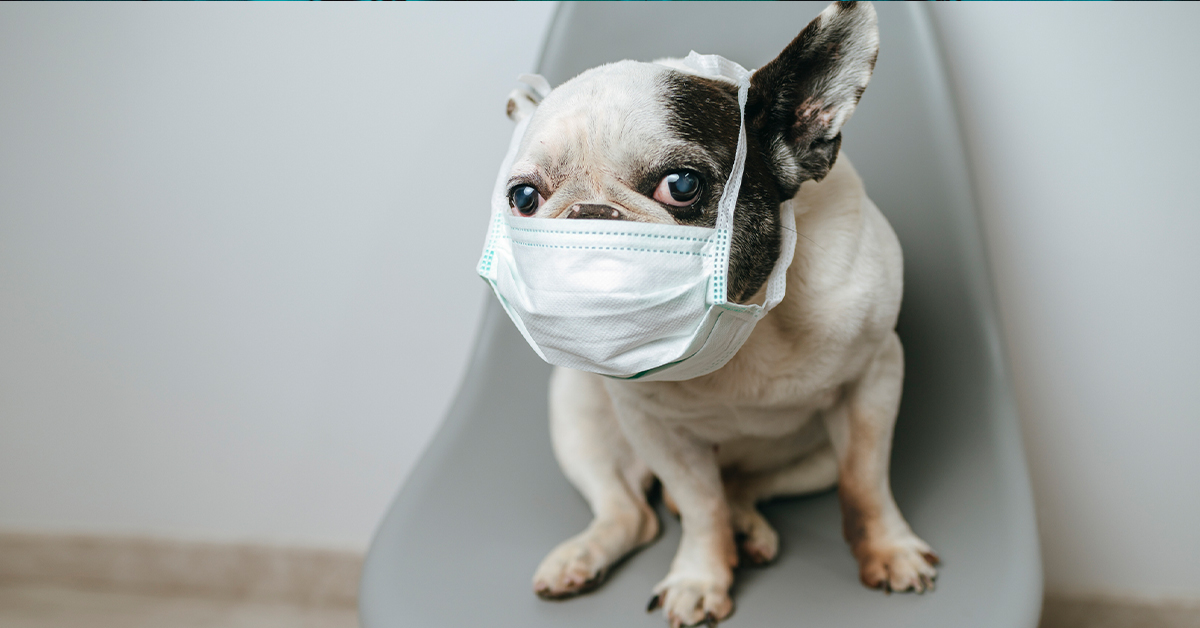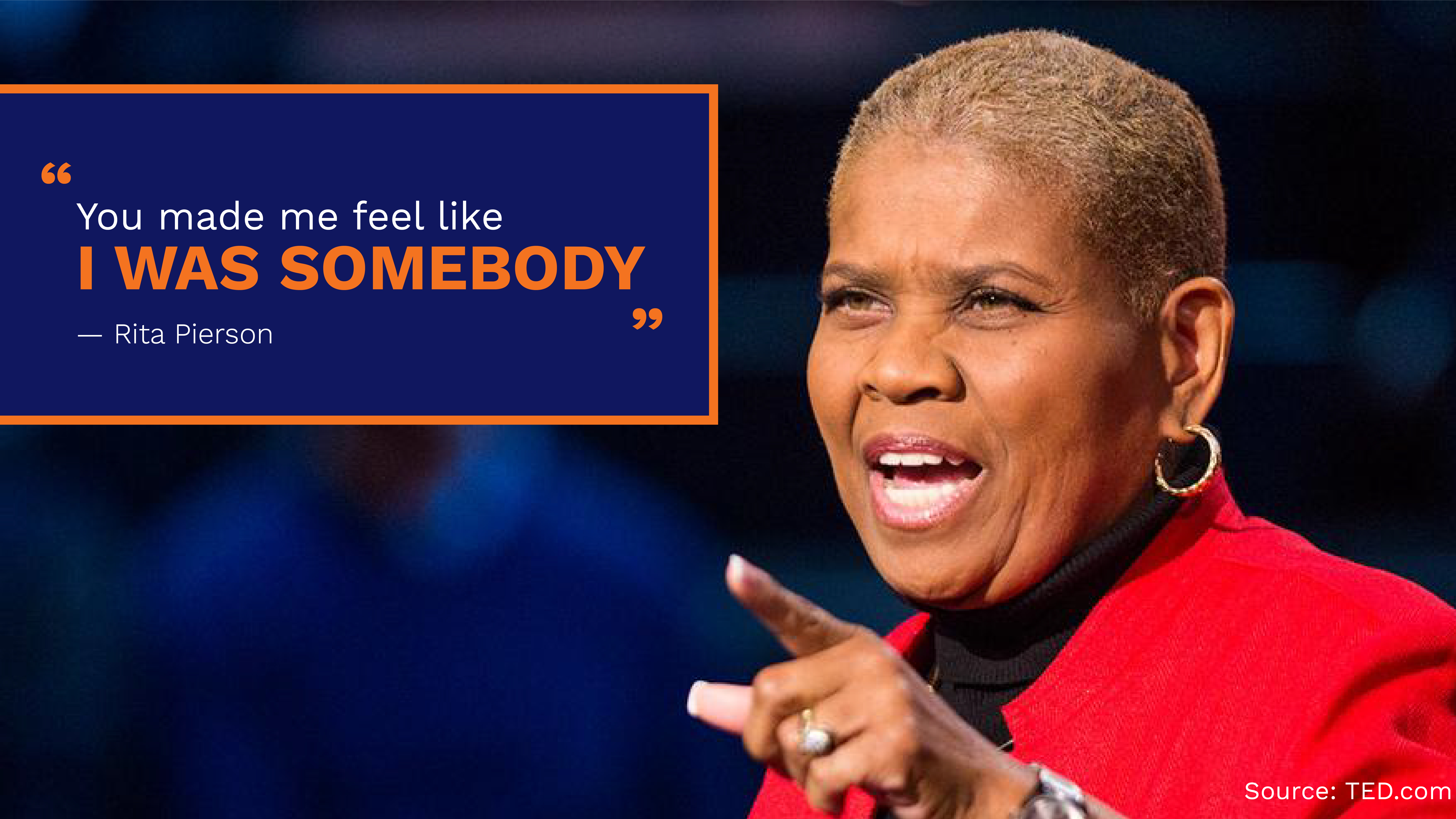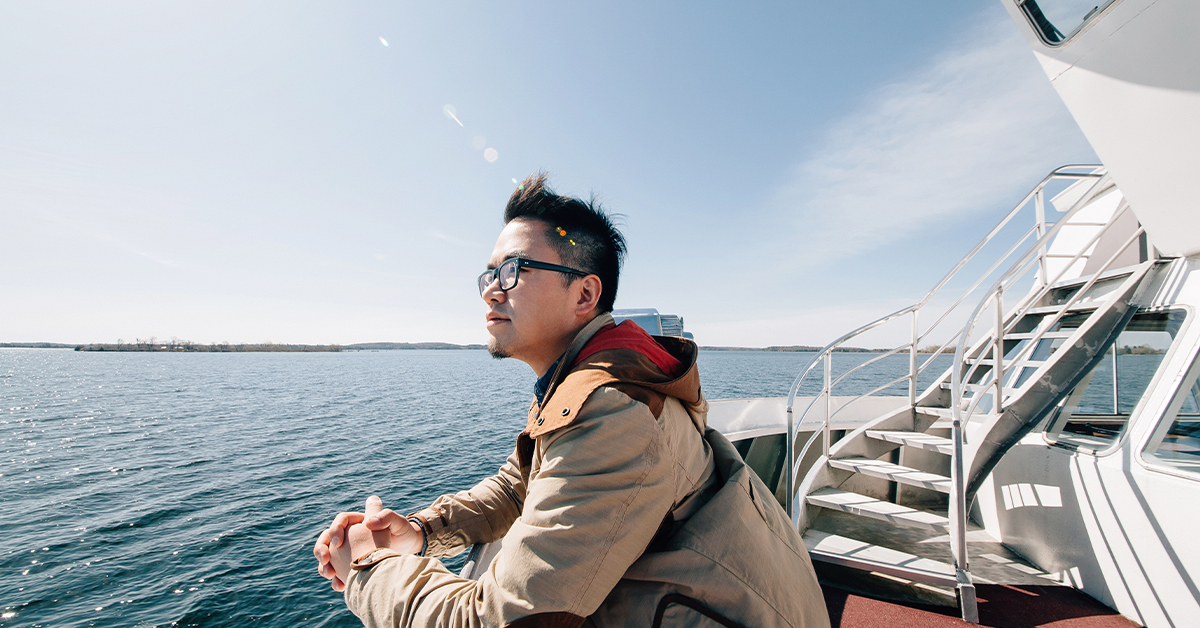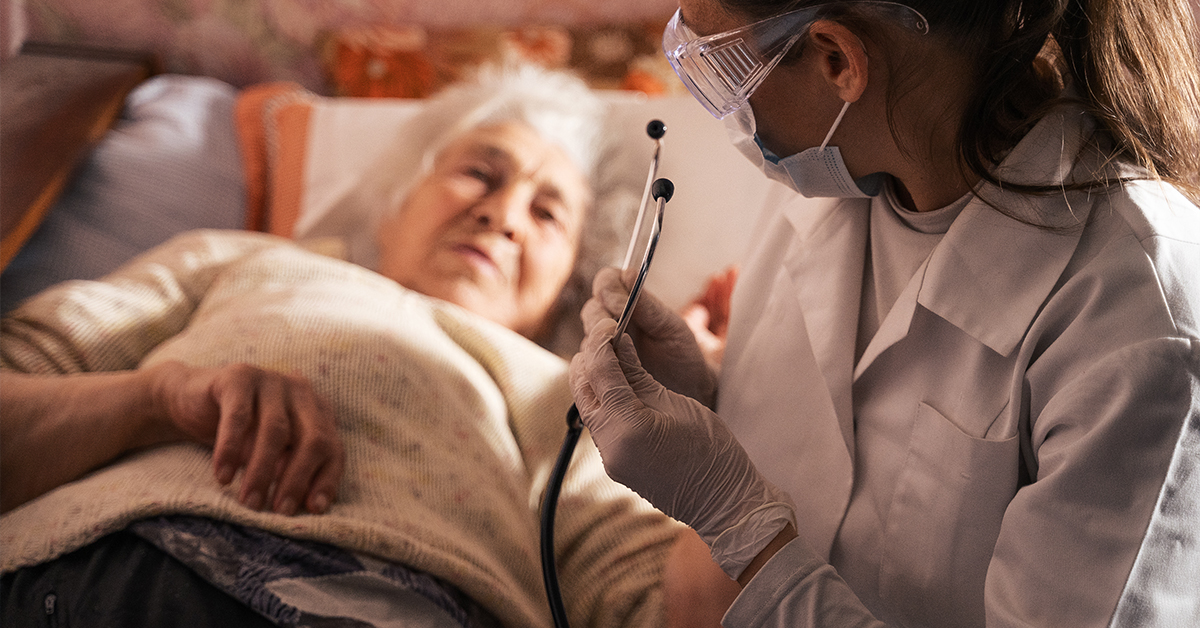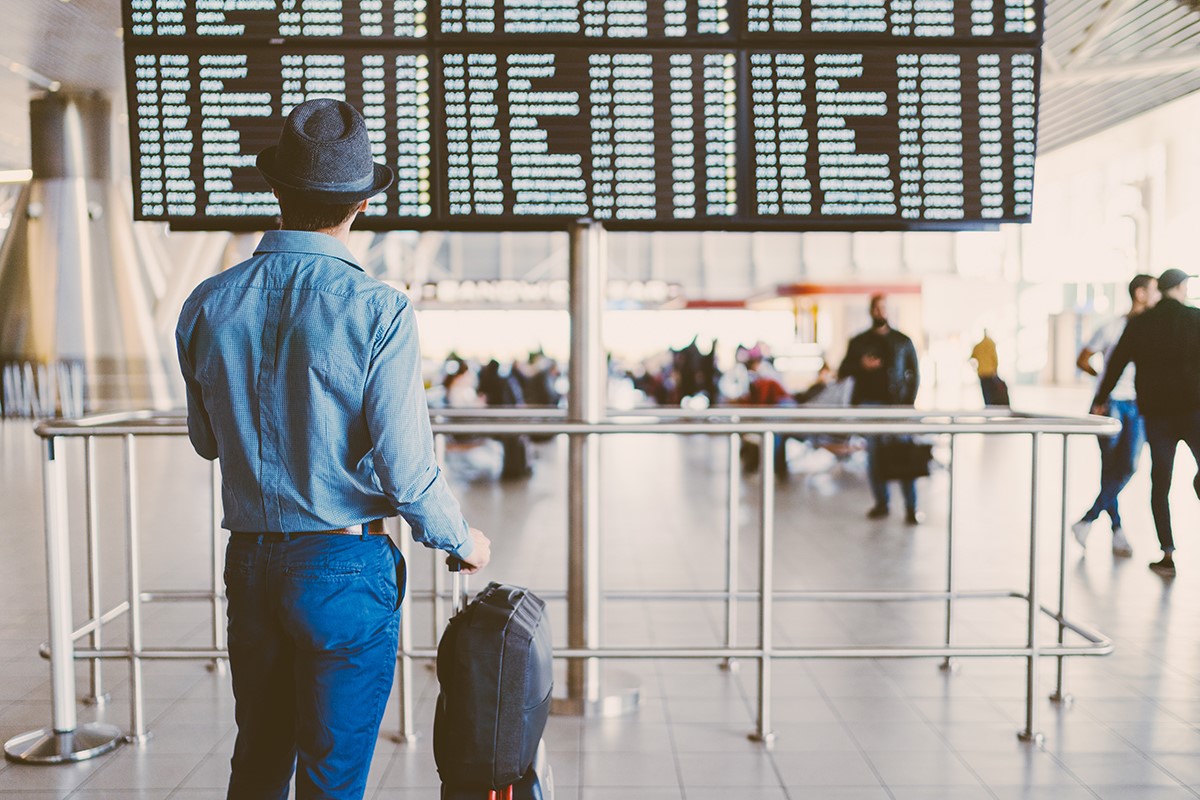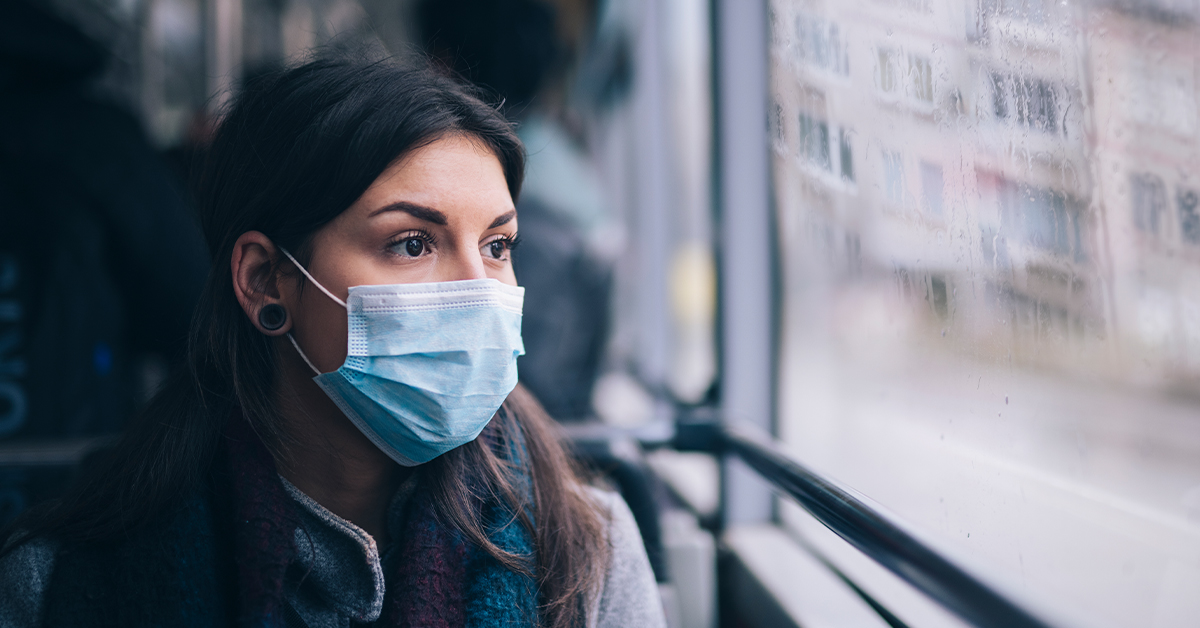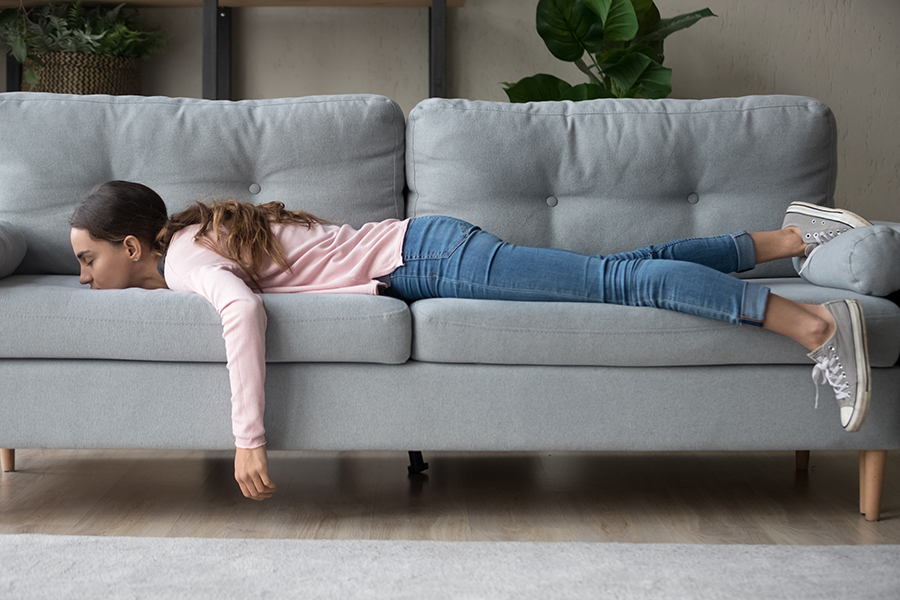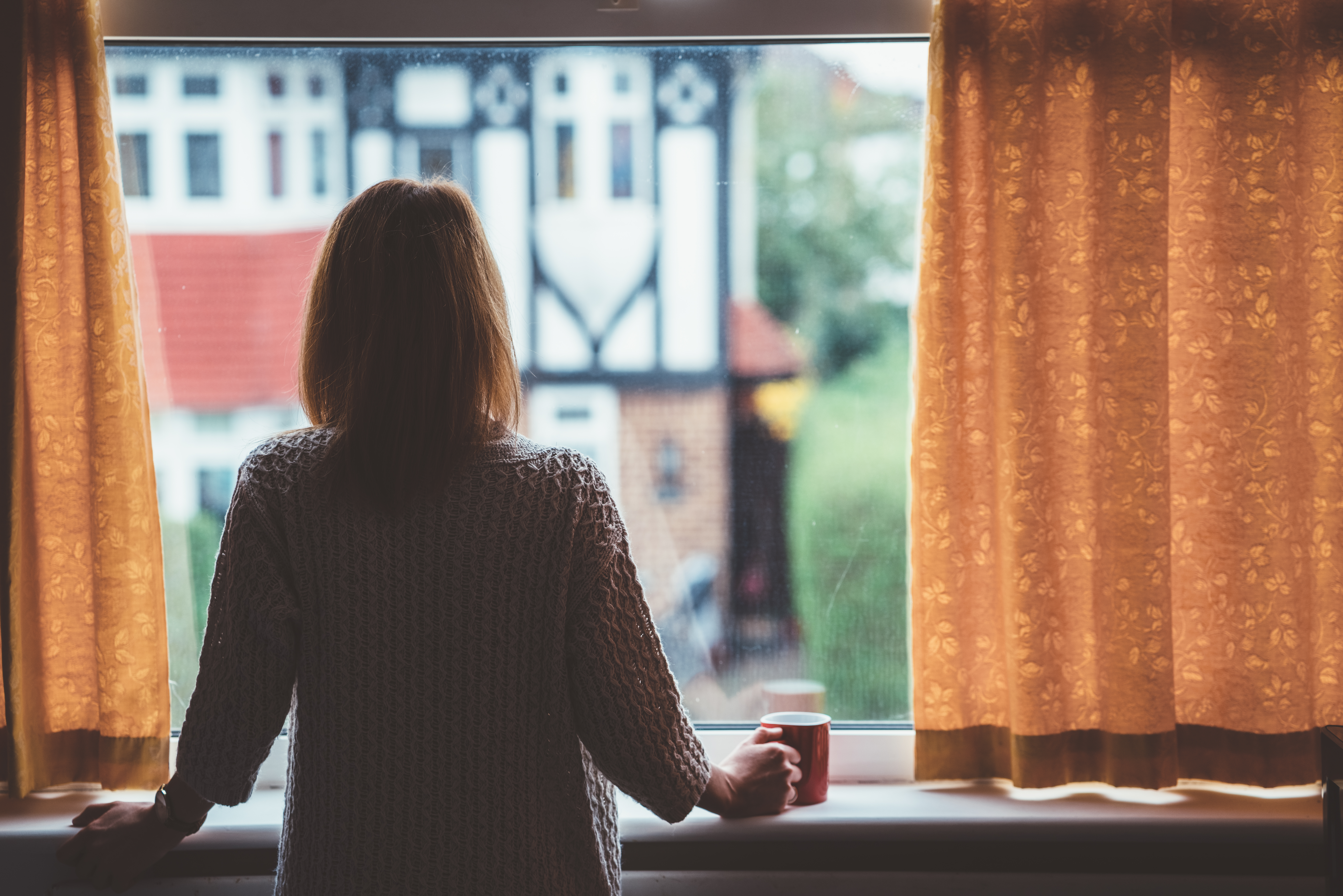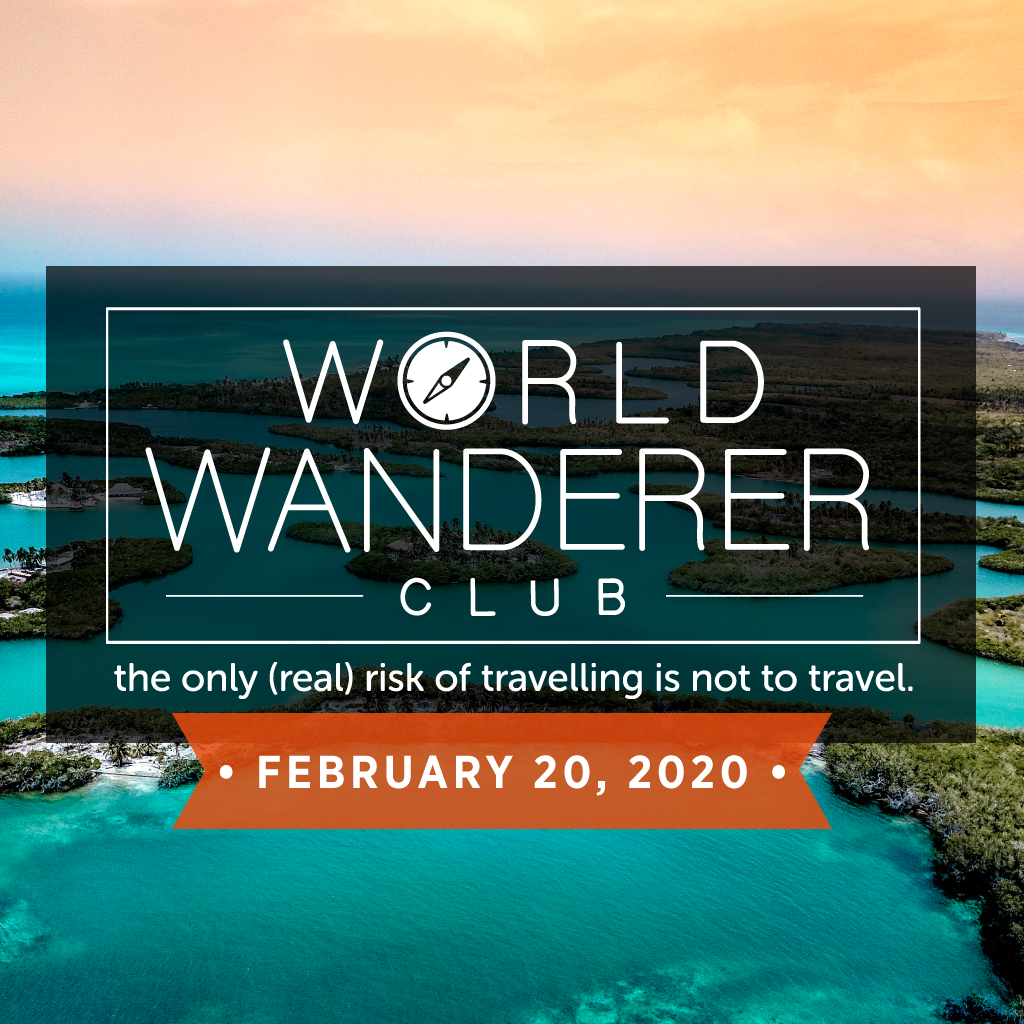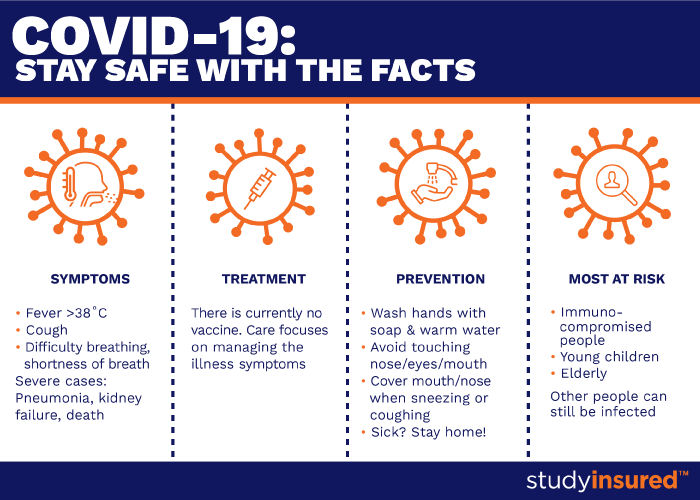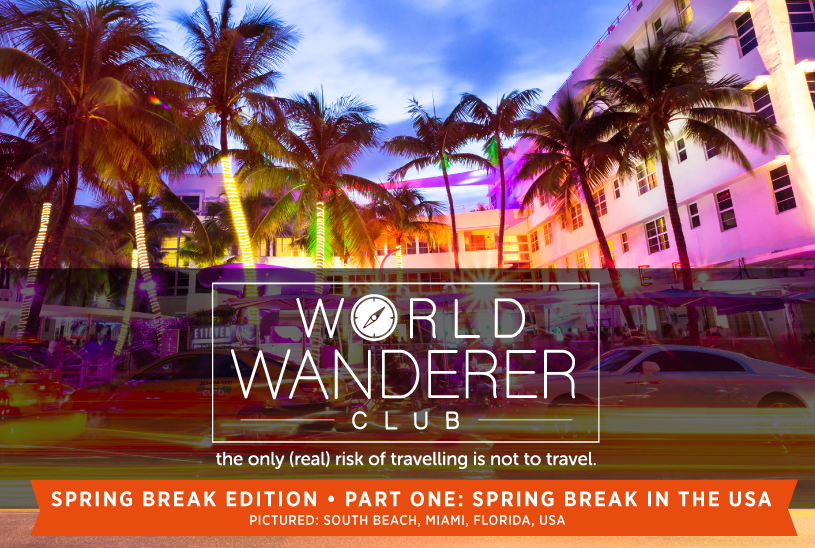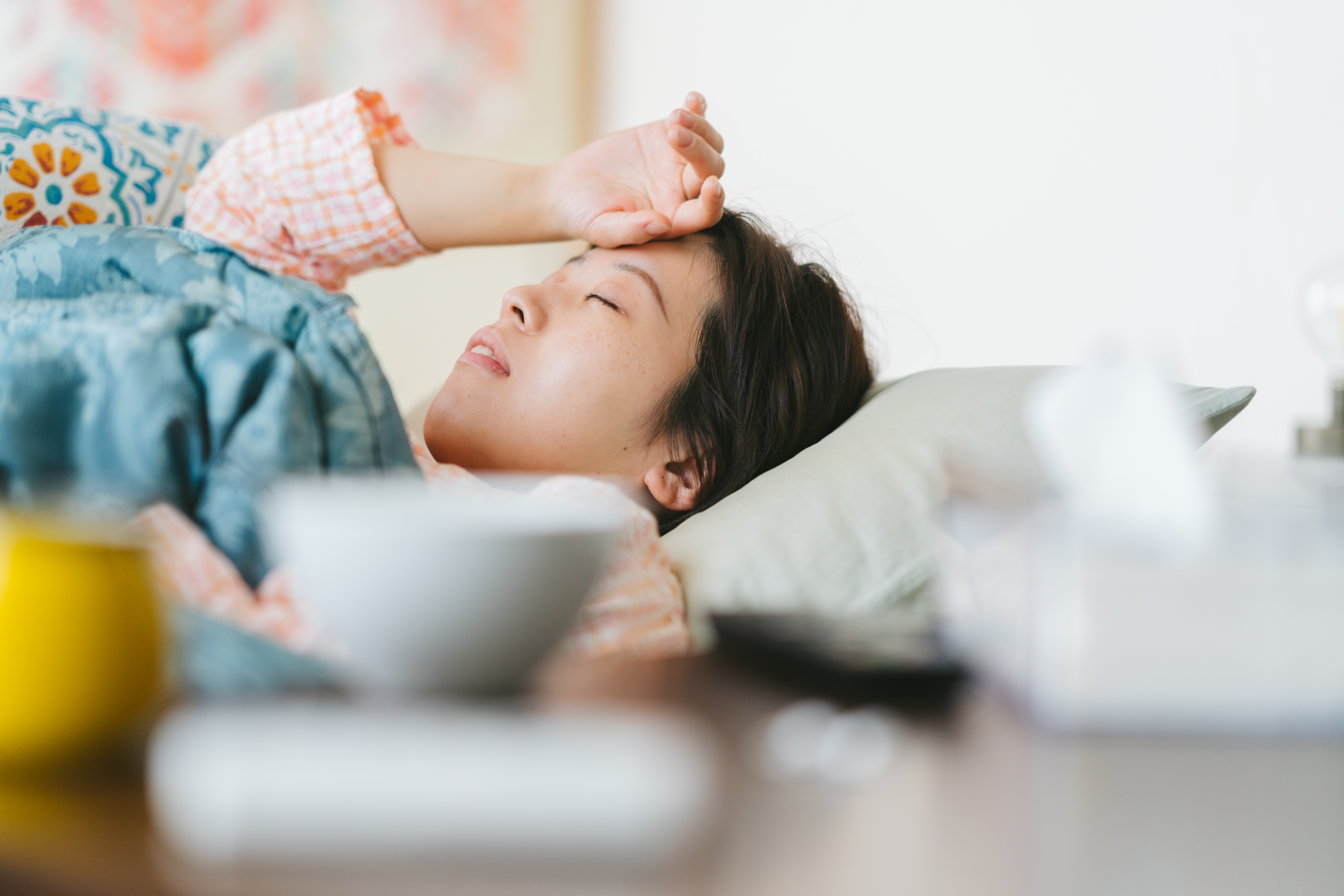After an uncharacteristic drop in international student applications during 2020, Canada now appears to be on the verge of becoming the second-most-valued provider of post-secondary education in the world, following only the United States.
According to IRCC (Immigration, Refugees and Citizenship Canada), more than 730,000 new student permit applications were received for processing through August 2021—an increase of approximately 27 per cent over the same period from pre-pandemic 2019.
Immediately prior to the onset of the pandemic (2018/2019), US colleges and universities hosted 1.09 million foreign students (undergraduate/graduate studies). Australia, a magnet for students from China and southeast Asia, was the academic home to 667,079 students, and Canada to 625,785 in 2019. The UK hosted 485,645 international (mostly European) post-secondary students in 2018/2019.
But that dynamic has changed drastically. Australia’s Mitchell Institute for Education and Health Policy at Victoria University reports international enrollments virtually collapsed during the pandemic due to the country’s severe isolation procedures and there were approximately 210,000 fewer international students in Australia this year than would otherwise be expected. Furthermore, modelling suggested that about 165,000 international students will remain inside Australia, a reduction of over 410,000 compared to October 2019.
By contrast, Canada’s strongly rebounding future trajectory for international students clearly outpaces that of the US, where tighter student/immigration rules and concerns about safety are cutting back prospective applicant numbers. In the meantime, Canada, which also saw a dip in 2020 student enrollments to 530,540, remains at the top of the favourable list for its highly rated quality of education, welcoming student/immigration rules, and inviting pathways to post-graduation permanent resident status. As former Minister of Immigration, Refugees and Citizenship Marco Mendicino stressed when announcing an expanded post-graduate work permit policy earlier this year, “We don’t just want you to study here, we want you to stay here.”
| A Navitas Agent Perception research study completed in March 2021 (which reviews the opinions of nearly 900 travel advisors in 73 countries) showed only 30 per cent of agents viewed Australia and New Zealand to be “open and welcoming to international students” due to their continuing lockdown. Conversely, 79 per cent saw Canada as “open and welcoming,” compared to 51 per cent for the US and 74 per cent for the UK. |
All students need health insurance
What this presages for private health insurers (all incoming foreign students to Canada are required to have health insurance) is a potentially buoyant marketplace. But for students, it can be a challenging puzzle as the health insurance ground rules are set by provinces. And contrary to what many international students think, health care in Canada is not free—in fact it’s among the most expensive in the world.
Furthermore, Canada does not have one universal system of health insurance coverage—but 13. And the differences can be quite significant. For example, though students in most Ontario colleges and universities are expected to enroll in school-sponsored programs that reflect benefit levels consistent with provincial residents’ services, most go on to add supplements that cover such necessities as prescribed medications, dental care, and vision services. Ontario is home to 48 per cent of Canada’s international student population, all of whom must navigate this system.
In British Columbia, which hosts about 23 per cent of Canada’s international students, there is a generous pathway to join the provincial Medical Services Plan which is virtually the same basic health plan available to all provincial residents. But there is a three-month waiting period before applicants can receive those benefits. And even then, most residents choose to supplement the basic services.
Fortunately, supplementary plans are easily available to cover those waiting periods, but students must take the initiative to apply.
In our next post, we’ll delve into some of the differences students face in choosing their insurance depending on where they study, and we pose the questions students should be asking about their health insurance needs—as well as what insurance advisors and brokers should be prepared to answer for their increasingly varied and sophisticated international student customers.
© Copyright 2021/2022 Milan Korcok. All rights reserved.

